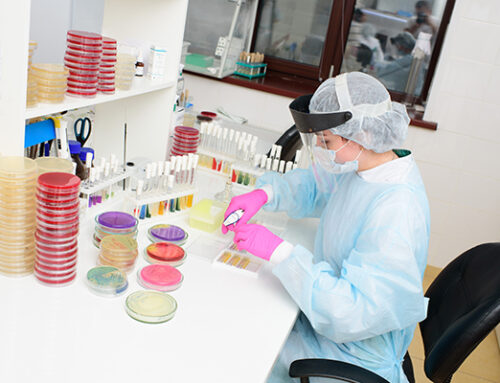
Brain fog is a well-known condition where we may forget simple things like names, appointments, addresses, phone numbers, etc. If left untreated, it can advance into more grave issues, like memory loss, lack of focus, anxiety, and confusion. What many people don’t realize is that toxins can cause brain fog. This includes everything from Pesticides, Molds, and Environmental Toxins.
Over the past century, more than 65,000 new toxins have been introduced into our environment. In todays world, humans are exposed to toxins through the food we eat, the products we put in our bodies, and the air we breathe.
Often, minimum amounts of these hazardous particles build up over time leaving us with notable and personal issues. Nonetheless, if you are encountering any of these chronic health symptoms that have persisted for an extended period, you should not rule out molds, pesticides, and environmental toxins as reasonable causes. These unseen dangers seep directly into our pores, our lungs, and our blood, and we may be exposed to more of these toxins than we think.
Most toxicants can be divided up into groups:
- Teratogens
- Allergens
- Carcinogens
- Mutagens
- Volatile Organic Compounds (VOCs)
- Endocrine Disruptors
- Neurotoxins
Environmental toxins have been linked to an increased likelihood of autism and many other brain disorders. In 2005, a study by the EWG found an average of 287 toxins in the blood of newborns, of which 180 are known to be cancer-causing, 217 are neurotoxic, and 208 have caused birth defects or developmental problems.
POSTbiotics have the ability to fight off a significant amount of toxins that we come in contact with each day. Just as importantly, POSTbiotics have been proven to improve nutrient absorption, immune system health, and digestion.
Why are POSTbiotics helpful for your health? POSTbiotics are compounds of the body’s natural gut microbiome make-up. They fight to support a healthy microbiome barrier in our guts, breaking down foods correctly and keeping our guts in check with healthy bacteria vs unhealthy bacteria.







